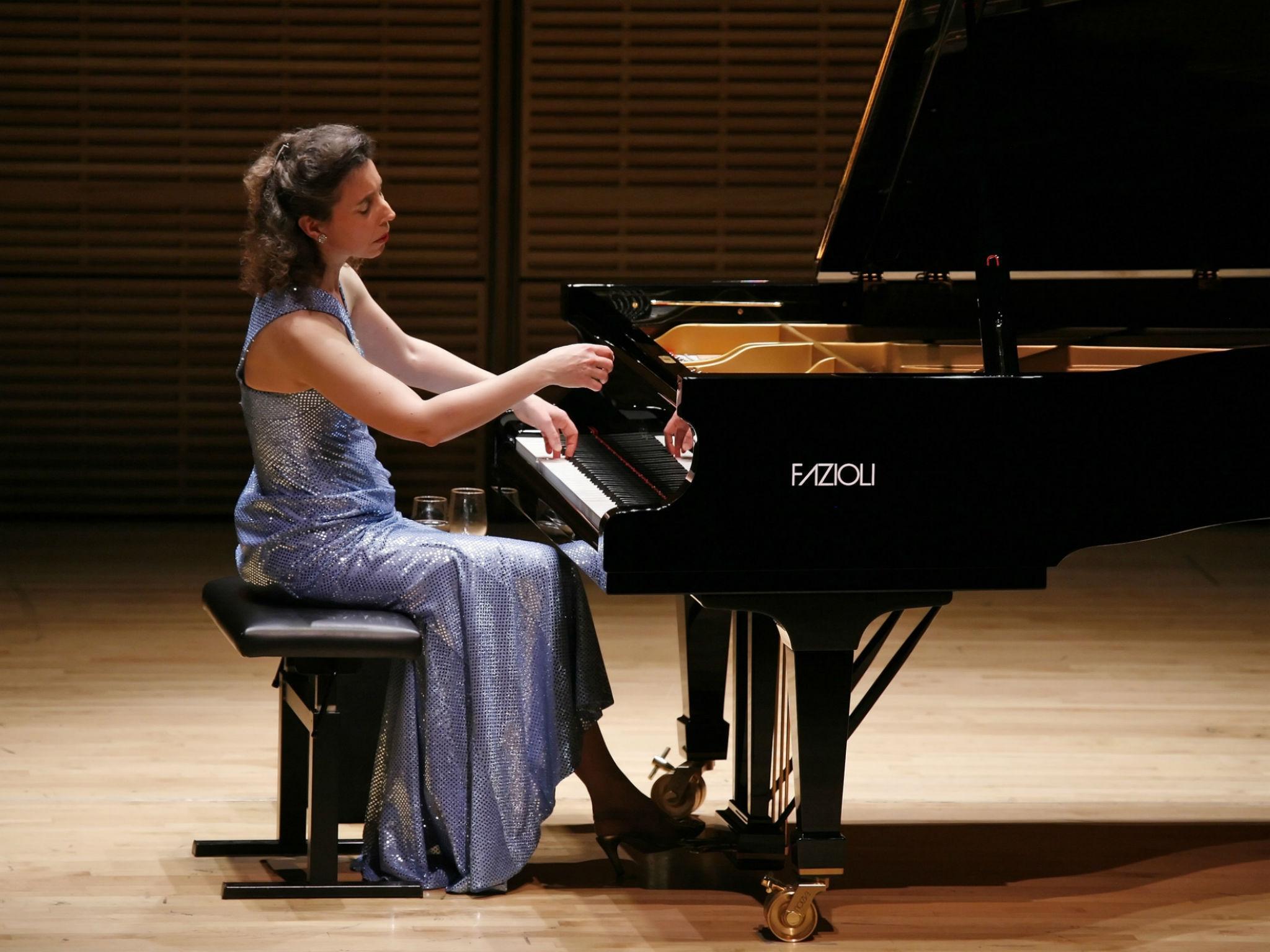Angela Hewitt, Wigmore Hall, London, review: 'The Fantasy and Fugue was majestic'
Hewitt's ‘Bach Odyssey’ offered rarities, including the Capriccio ‘on the departure of his beloved brother’, a theme and variations ‘alla maniera Italiana’, a Fantasia and Fugue in A minor, plus the complete sets of Two-part Inventions and Sinfonias

Your support helps us to tell the story
From reproductive rights to climate change to Big Tech, The Independent is on the ground when the story is developing. Whether it's investigating the financials of Elon Musk's pro-Trump PAC or producing our latest documentary, 'The A Word', which shines a light on the American women fighting for reproductive rights, we know how important it is to parse out the facts from the messaging.
At such a critical moment in US history, we need reporters on the ground. Your donation allows us to keep sending journalists to speak to both sides of the story.
The Independent is trusted by Americans across the entire political spectrum. And unlike many other quality news outlets, we choose not to lock Americans out of our reporting and analysis with paywalls. We believe quality journalism should be available to everyone, paid for by those who can afford it.
Your support makes all the difference.The first leg of Angela Hewitt’s ‘Bach Odyssey’ was neither as grandiose nor as predictable as its title had led us to expect. Having performed the core Bach repertoire more times than she could count, she wanted to go off the beaten track, so here she offered rarities, including the only piece of program-music Bach ever wrote (the Capriccio ‘on the departure of his beloved brother’), a theme and variations ‘alla maniera Italiana’, a Fantasia and Fugue in A minor, plus the complete sets of Two-part Inventions and Sinfonias.
All interesting, but not all gold. The variations – composed three decades before the Goldberg Variations - seemed mundane in comparison with that late masterpiece, and the Two-part Inventions – student exercises played with bright clarity – were a very modest warm-up for the Sinfonias. But Hewitt played these three-part inventions so that they came over as one single variegated work, with the plangent ninth acting as its dark heart, in the way the Black Pearl variation does for the Goldbergs; the following two pieces brushed away the tears with a joyful lightness. The Fantasy and Fugue was majestic, culminating in a grand-diapason organ conclusion.
Hewitt informed us in a pre-concert interview that her Fazioli piano allowed her to create any effects she wanted. Yet the odd thing was, with some of this music – played at an even dynamic, between mezzo-forte and forte – I found myself wishing it could have been played on a harpsichord: that, in different hands, could have given it more character, colour, and mystery.
Join our commenting forum
Join thought-provoking conversations, follow other Independent readers and see their replies
Comments